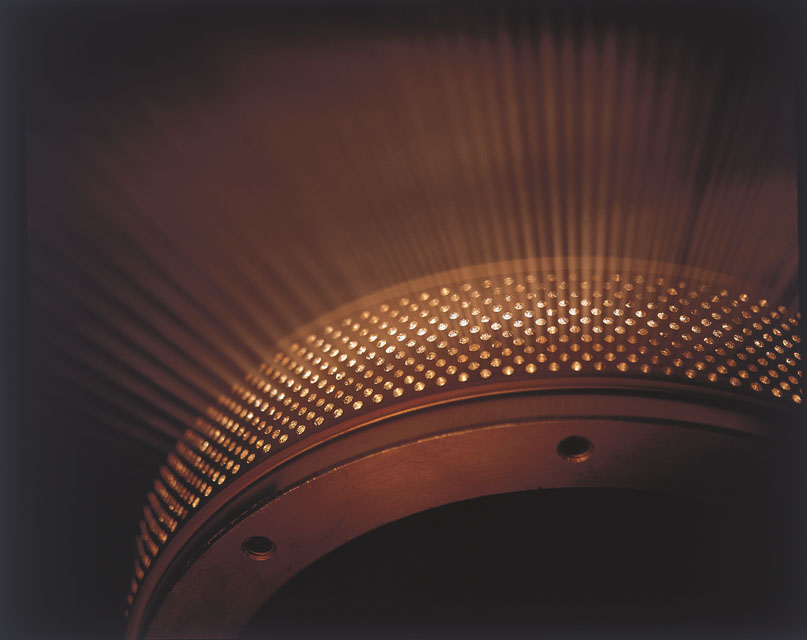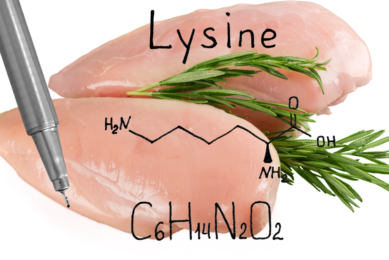Efficiency in the feed mill: reduce the variability!

How to ensure profitability of feed production? Reduce the margins, measure the feed parameters (like moisture content) and safe energy are some of the options. This was one of the conclusions drawn from the International Feed Engineering Summit, organised by Kemin, April 24 in Herentals, Belgium.
Verena Mohrig from the Research Institute of Feed Technology (IFF) in Germany explained the basic rules regarding pelleting conditions, press performance, conditioning practices, feed quality and feed productivity. She addressed that many parameters affect the pelleting process. “Some of them are fixed before the process, but some of them are changeable during the process. It is important to understand how the feed (by temperature, steam, etc) is affected along the process. However, there are no standard answers because every feed mill is different,” Mohrig explained. She also highlighted a new project that IFF is preparing that aims to develop behaviour parameters for the pellet press. This new research will give the feed mill operators more tools to make the feed process more efficient.
Cooling and steaming
Peter Sillen from Geelen Counterflow in the Netherlands updated the audience on the process of cooling and how to control the final moisture content in the cooler. “Cooling is needed to get a better product and to save money. Cooling of the pellets can be done via 2 ways: by convention or by eater evaporation. The energy needed to cool pellets can be different for animal species. Cattle feed for example requires more energy to cool than monogastric feed pellets”, Sillen explained. Peter De Cneudt from Spirax Sarco continued by explaining the use of steam and how to control steam quantity and quality. “Never use superheated steam because you cannot control the temperature. De Cneudt explained how by comparing it with sitting in a 80oC sauna and a hot tub of the same temperature. “In the sauna you have different layers of temperature, in the hot tub there are no layers. For optimum control of the steam, you should there always use normal steam. Filtered steam – currently used in the food industry – is not yet used in the feed mill, but this might change in the coming years”, he said. He also addressed that the quality of the steam is all about keeping the variance of the dryness fraction as low as possible.
Energy saving in the feed mill
The possibilities to save energy in the feed mill were explained by Verena Böschen from the Research Institute of Feed Technology (IFF). According to her, Germany and The Netherlands are the biggest consumers of electric energy in the European Union, of which 30% is used in the different industries among which the feed industry. The expert from IFF explained that most electric power in the feed production process goes to pelleting (60%), followed by milling (16%), conveying (14%), receiving (7%), mixing (2%) and delivery (1%). “Knowing that 80% of the feed produced in Europe is pelleted feed, you can imagine the amount of energy used. With the tight margins on feed, it is therefore important for feed millers to try and safe money on energy use. Not only from a cost perspective, but also from an environmental (carbon footprint) view”, Böschen explained. Energy can be saved by reducing the fineness of milling (mill as fine as requested only but as course as possible). This is because with increasing the fineness, the energy requirements increase exponentially. Also leakage of compressed air can cost a lot of energy. “A 10 mm hole can cause major compressed air leakage and can cost a feed mill up to 38,000 euro per year”.
Reduce moisture variability
Last but not least, Luis Conchello and Raf Snoekx from Kemin Europe presented an on-line moisture measurement technology to reduce the variability in the feed, which has a direct effect on profitability. Conchello : “Variability can be caused by common causes and special causes. If you look at variance in moisture content, it is important to keep the variability small. Variation makes it harder to predict the end product and it causes batches of different quality (not want the client wants!). Differences in moisture content (10-14%) also has consequences for the process and pelleting conditions. It has effect on the press throughput (tph), energy consumption, pellet durability and volume of the batch. The essence of quality is low variability.” Snoekx then showed and explained the MillSMART™ (developed by Kemin) that reduced that variability of the feed batch. It is a custom designed programme which maximises the efficiencies of the milling operation by optimising the feed conditioning performance. “In the case of moisture content we can then reduce the variability and hence optimise the moisture target. This is done by the programme using a reference sample. By using these kind of tools the feed mill can optimise the feed mill performance, use less energy and optimise profitability”, Snoekx concluded.












